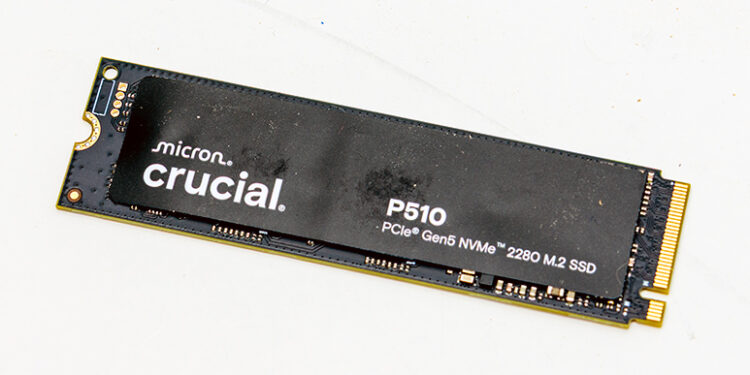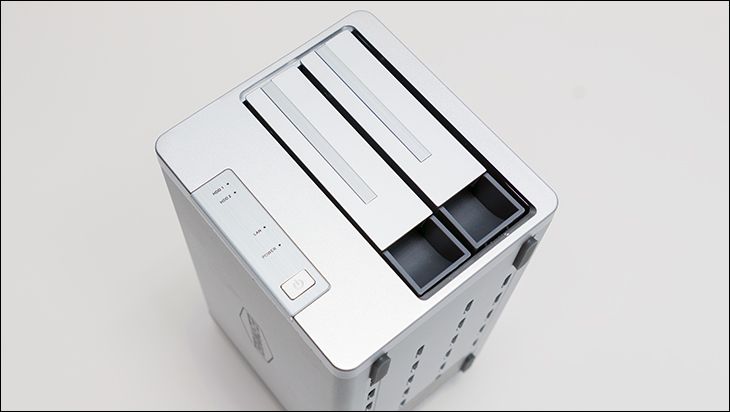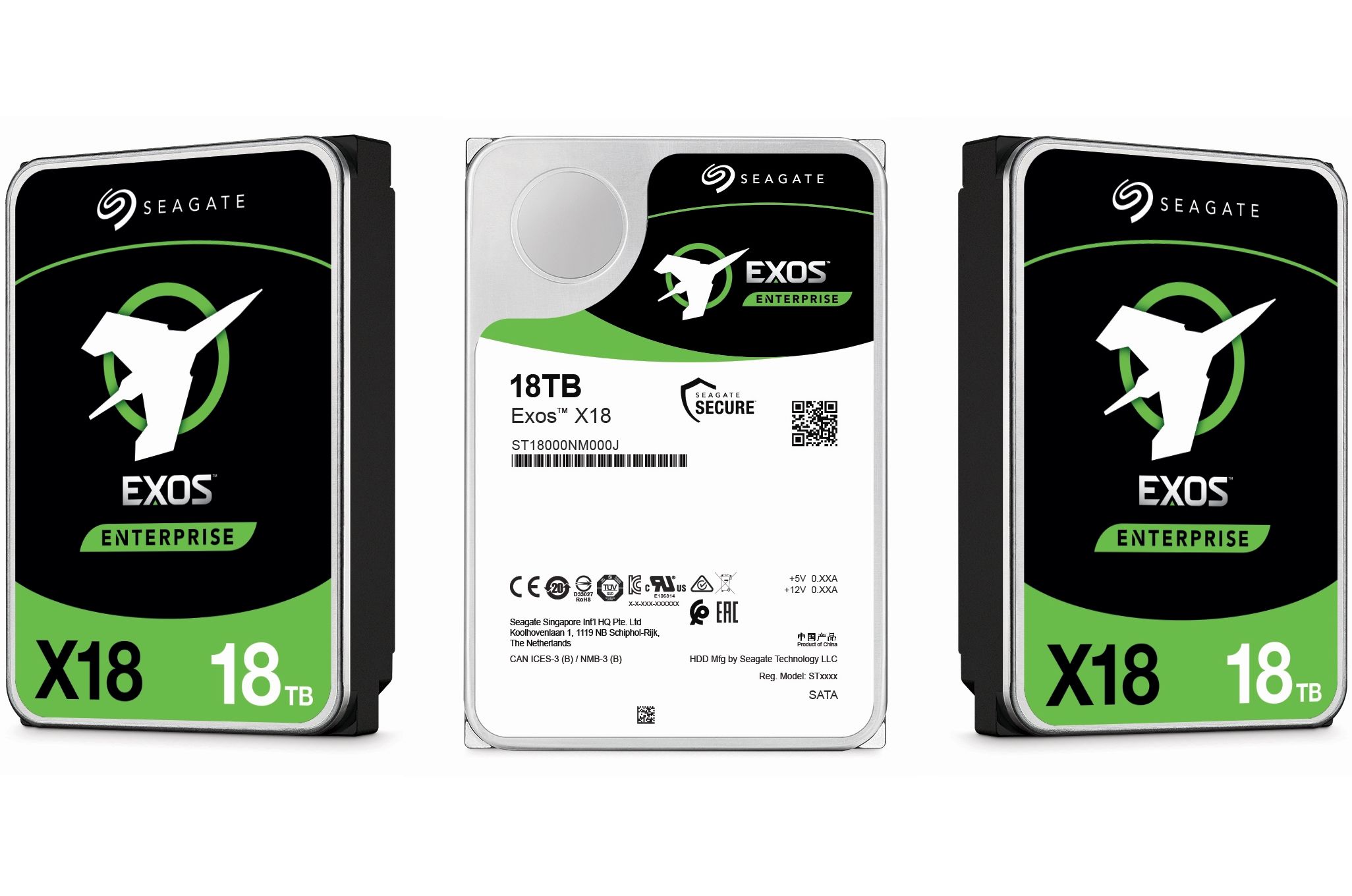Final Score: 88 out of 100
Before we begin, we do have to address the large… pink tutu wearing… with a purple mullet elephant in the room. The P510 is going to severely curtail sales of the T500. There is simply no good reason beyond MSRP and antiquated system upgrades to opt for the T500 over the P510… and the first is sure to be ‘fixed’ by Crucial in the very near future. Whether or not Crucial is indeed testing the waters to see if there is even a need for a “T510” remains to be seen, but there is indeed plenty of room for a “proper” T500 replacement in Crucial’s 2025 NVME SSD M.2 product stack. Bluntly stated, the lack of onboard RAM cache combined with only two NAND ICs will make the P510 a touch too niche to be a true successor to the venerable T500. So, please, Crucial, do it. Let this simply be the best P-class drive ever released and leave it at that.
It is also worth mentioning that the P510 has jammed a large spanner into the P and T model classification/stratification/hierarchy. One that is going to lead to confusion and undo a lot of the hard work Crucial’s PR team has done in consistently branding the various T and P models. With that said, we can understand this short-term pain… as has been done to give consistency to the P3, P5, and Tx series line-up. Namely, nuking the aging P5 / P5 Plus from consideration while allowing the (potential T500 and) T705’s successor to also line up with the whole “x10” nomenclature used for the 2025 generation of Crucial NVMe drives. As such, simply consider this a “T5-lite” and not a P-class drive, and you will be closer to the bullseye than one should be when dealing with Crucial P-series and the usual “appropriate” levels of (lowered) expectations.
We felt it necessary to state all that because we do have a rather large soft spot in our cold, (arguably overly) cynical hearts for the (soon to be last generation) T500 series. That model pretty much defined the term “good enough” for late 2023 and all of 2024. Good enough performance to satisfy all but the most finicky of mainstream buyers. Good enough capacity options to satisfy the vast, vast majority of buyers and build requirements. Good enough temperatures to not be as finicky as the T70x series… especially when comparing single-sided M.2s (like the T500) vs. dual-sided M.2s (like the T70x series) in small-form-factor builds! Good enough asking price to be able to fit into a wide variety of builds. Even its PCIe 4.0 interface was not really a handicap as it allowed it to Just Work™ in all modern systems… regardless of which port it was installed in. It was a great example of the Philosophy of Flexibility in action.
The P510 will Just Work™ in every build, and M.2 port, that the T500 would. It just does so while offering generally better overall performance. More impressively, it does so while at the same time not increasing waste heat to worrisome levels like the T705 can suffer from. For many, this combination will be a Siren Song. One that will force Crucial to release a T710 pretty darn quickly lest this new Every Man Model collapse sales of their (“aging”) T705 like it will quickly do to the T500.
Yes. That is indeed a bold statement as the T705, just like the T700 before it, is arguably the fastest, the “bestest” M.2 Crucial ever released… and it still is when it comes to sheer performance. However, the P510 2TB and its 50 (to well over 100) percent faster NAND does narrow the performance gap more than any P-class drive has the right to do. So much so it comes within touching distance of the T705 2TB’s performance in some scenarios. It just does all that while also offering insanely low (by PCIe 5.0 standards) temperatures and nearly all the ease-of-use abilities that made the T500 such an easy drive to work with. Then to add insult to injury, the T51… errr… P510 does all that and then heaps in a much more palatable asking price. This combination arguably makes the venerable T705 relegated solely to the enthusiast end of the spectrum. Thus, making it highly susceptible to loss of sales to the P510 in the ‘upper mainstream’ marketplace.
With all that said, we must be clear. It is not all sunshine and lollipops with the P510 series. Yes. The new “Gen 9” 276-layer TLC NAND used in this bad boy is indeed impressively faster than the previous Micron 232-layer RG CuA TLC NAND. So much so Crucial may be underselling it a wee bit as under numerous certain circumstances it is even faster than the 50% increase the MT/s difference would indicate. This, however, does not translate to a 50% (or higher) increase in overall performance. Especially with smaller file sizes, where the P510 is handicapped by the E31T controller. This bottleneck at the controller level is due to 1) the DRAM-less nature of its design, 2) said design being heavily optimized for low(ered) temperatures… and 3) Crucial wanting to only populate one side of the PCB. To be blunt, this new NAND is not being properly showcased by the P510, and the world will not see the true potential of it until it is paired with a proper PCIe 5.0 controller and a proper amount of NAND ICs. Given Crucial’s track record will not be long before a wait. Then… then things get highly interesting. With buyers having to decide not between “hot vs cool running” but “even better performance vs. better MSRP”.
Until that day arrives, the P510 2TB is arguably a good value, and almost indubitably, most flexible M.2 PCIe 5.0 mainstream option. One that, as its price drops, will only become an even better value. So, if you care more about overall value than up-front cost, the P510 demands to be on your shortlist right now… and will quickly grow to be the best value drive going. Congratulations, Crucial, for once again exceeding expectations by not only releasing one heck of a mainstream PCIe 5.0 drive, but doing it before the pricey enthusiast option. We sincerely wish more companies would take a page from your customer satisfaction playbook and follow suit.

The Review
Crucial P510
The Crucial P510 is a fast and efficient PCIe 5.0 SSD with strong value and low heat output. Its design limits keep it from fully replacing the T500 or matching top-tier drives like the T705. Despite its flaws, the P510 stands out as one of the best mainstream options available today.









